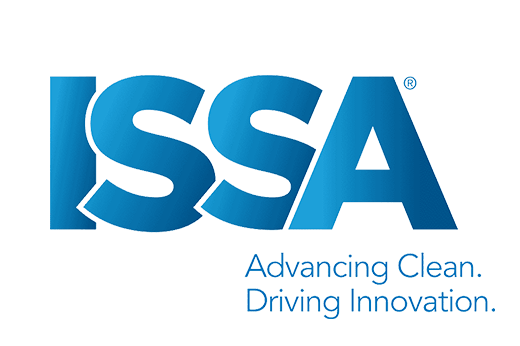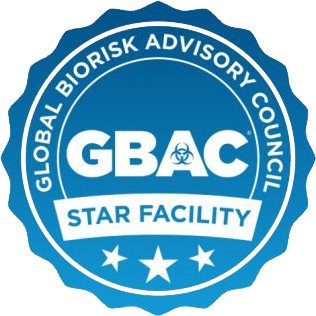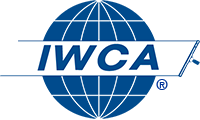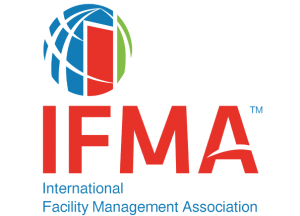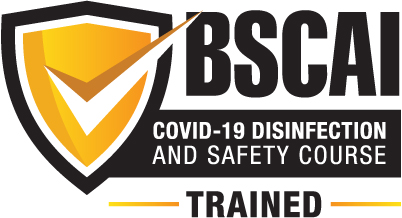At Sunshine, color coding helps to “Guarantee a Brighter Day”
By Derek Auckland, Florida Director of Operations
According to a study published in “Applied and Environmental Microbiology” on microbes present in public restrooms, scientists discovered genetic traces of more than 77,000 distinct types of bacteria and viruses. The more common contaminants found in restrooms are fecal bacteria, influenza, streptococcus, E. coli, hepatitis, Methicillin-resistant Staphylococcus aureus (MRSA), salmonella, shigella and norovirus.
Scary facts like this are the reason Sunshine Cleaning Systems’ janitorial services go beyond simply making our customer’s facilities clean. We focus on cleaning methods that protect the health of the people using those facilities as well. For example, we incorporate a color-coding system that helps to prevent the spread of dangerous germs and viruses that result from cross contamination. Our entire team is trained on this coloring coding as well as other protocols that lead to cleaning for health as well as aesthetics.
Dangerous viruses and germs can be easily transmitted by people touching surfaces or if the same rag is used to clean different surfaces. For example, a cloth used to wipe down a restroom could transfer dangerous germs to a desktop if used for both. Such an occurrence, however, is unimaginable at Sunshine, as cleaning personnel companywide are thoroughly trained in our intricate system of color-coded cloths and other cleaning tools, each designated for specific jobs. The same cloth is never used multiple times or on different surfaces. We follow proven industry standards that call for using color-coded buckets and mop heads, micro-fiber rags and cloths and other hand tools, all with the goal of reducing cross-contamination risk.
Red, for example, is used for high-risk areas including toilets and urinals. Yellow is used for lower-risk areas in the restroom, such as sinks and mirrors. All purpose cleaning cloths are blue and used for such tasks as dusting, window cleaning and wiping down desk surfaces. In food service areas, green is the color.
As in all cleaning and operational practices at Sunshine, on-going training ensures that these procedures are followed strictly and consistency and all team members are on the same page. We understand that even a single mishap could lead to a dangerous spread of viruses; therefore, training on day one and beyond is paramount.
As part of the color-coding program, the carts used by team members are neatly stacked by colors for ease of use and to reduce mistakes. Colored materials are grouped with appropriate tools and cleaning solutions. Detailed training includes clear explanations about the significance of each color as well as the safety measures they helped to protect.
Our employees understand how these systems work and are focused each day on following the safety procedures that protect our customers and their customers. The color coding also helps managers quickly see immediately if safety measures are being followed and can make swift corrects on the spot if necessary.
An added benefit of the color-coded system is the ease at which staff members, whose English is not their first language, can understand. Color is a universal language and can be clearly and easily used to teach employees to follow safety and cleaning procedures by using colors to represent areas of use.
The color coding goes beyond simply rag colors, as buckets, mop handles and heads, even labels on matching cleaning solutions are coordinated to prevent cross contamination. This color-coded cleaning program using different colored towels and cloths, rags and mops to represent each task, job or department helps eliminate confusion among staff.
In addition to color coding, we follow a litany of additional procedures that promote both safety and green practices. Our next blog will detail the Sunshine green program to promote both environmentally friendly practices and safety for our staff and customers.



